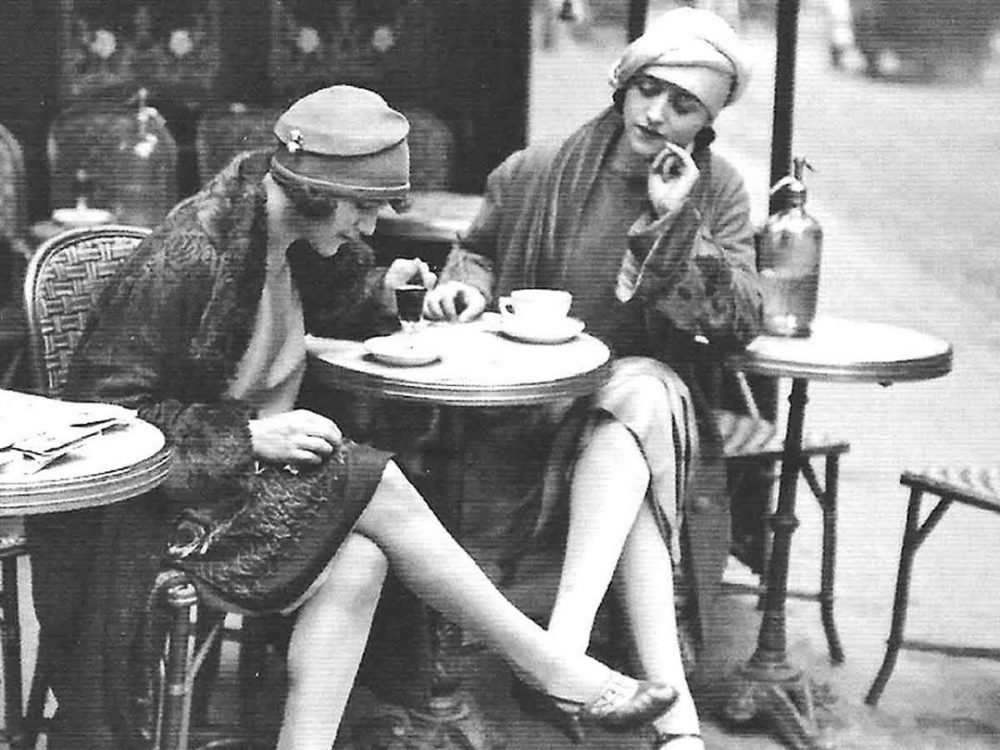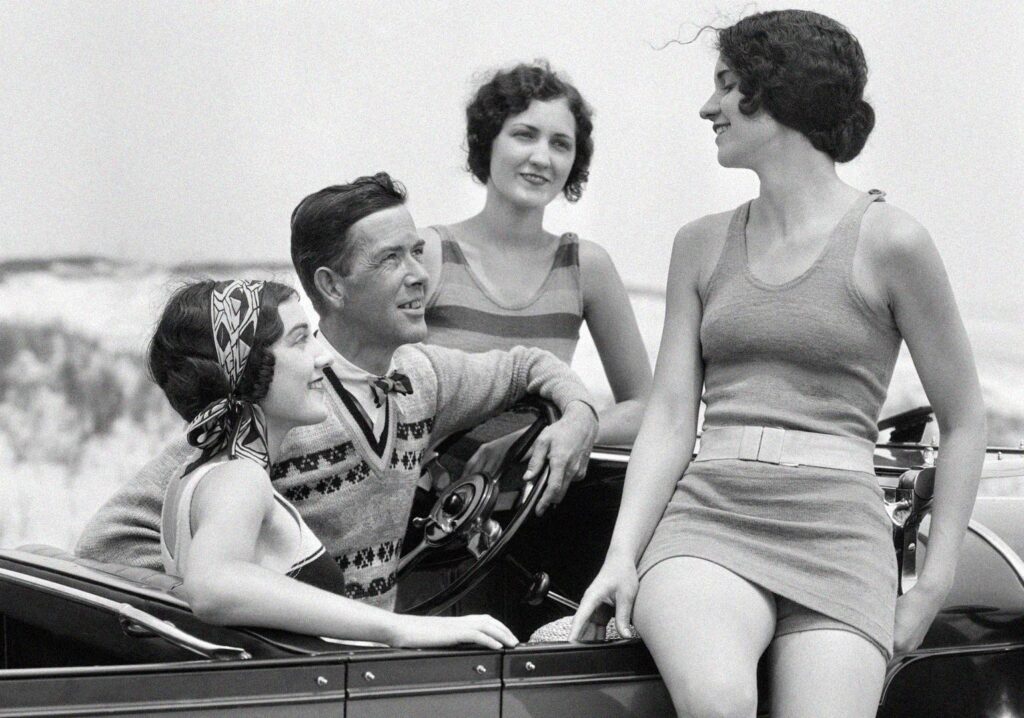What Does the 1920s Mean to You? Blog Post
My general impression of the 1920s is influenced greatly by popular culture and the various entertainment and literature that was produced during the decade. My first college analysis of the different elements of the time was during the course Intro to American Studies taught by Professor Rice. In the course we looked at books such as The Great Gatsby to discuss issues of money, power and the American Dream. Popular themes that I associate with the 1920s are changes in gender norms, industrialization and mass entertainment. When imagining the women of the decade the image of the ‘flapper’ comes to mind; a free spirited woman who wore her hair short and often frequented night clubs and bars. Due to the 19th Amendment being ratified the first year of the decade, the 1920s brought forth a new era of the modern woman as more and more began to challenge previous notions of femininity.
Rapidly growing industry is another theme I associate with the 1920s as the American economy experienced a boom during the decade, many urban centers became hubs of business and development. When I think of the 1920s I often solely imagine New York City and the factory buildings which rapidly produced home products, clothing and food. After incidents such as the Triangle Shirtwaist Factory fire occurred and books like The Jungle were published in the earthy 1900s, I associate the 1920s with individuals and movements aimed at improving workers conditions and public welfare.



The images associated with the 1920s upon a simple Google search showcase many of the ideas of gender changes I believed to occur during the decade. One image shows two women enjoying a coffee break and dressed in expensive clothing. Both images of women I chose show a style of dress which exposes the leg and would be deemed scandalous just a decade earlier. In both images as well there is the general impression that these women are unmarried and experiencing the independence of early adulthood.
The image of immigrants at a U.S checkpoint somewhere in the country somewhat complicates the glossy image I think of when I imagine the 1920s. The image shows a line of immigrants waiting to enter the country with the hope of starting over and acquiring the American Dream. As new populations streamed into cities many were not accepted and discriminated against due to their appearance, language, culture and religion. The men in the image appear solemn and like they have just traveled a long and tiring journey. As opposed to the images of women who are enjoying leisure time and a newfound freedom, the immigrants pictured give off an aura of the working class and I could imagine them trying to find a factory job as soon as they pass the checkpoint. The three images reflect not only gender differences but also a class hierarchy and how separate individuals experienced the 1920s. For wealthy white women the decade offered liberation, but for immigrants and people of ethnic descent the decade consisted of work, discrimination, poverty and the desire to rebuild their lives in an unfarmiliar place.
Senior History and American Studies student at Ramapo College of New Jersey enrolled in Discovering Digital History course taught by Dr. Hajo during Spring 2021.
